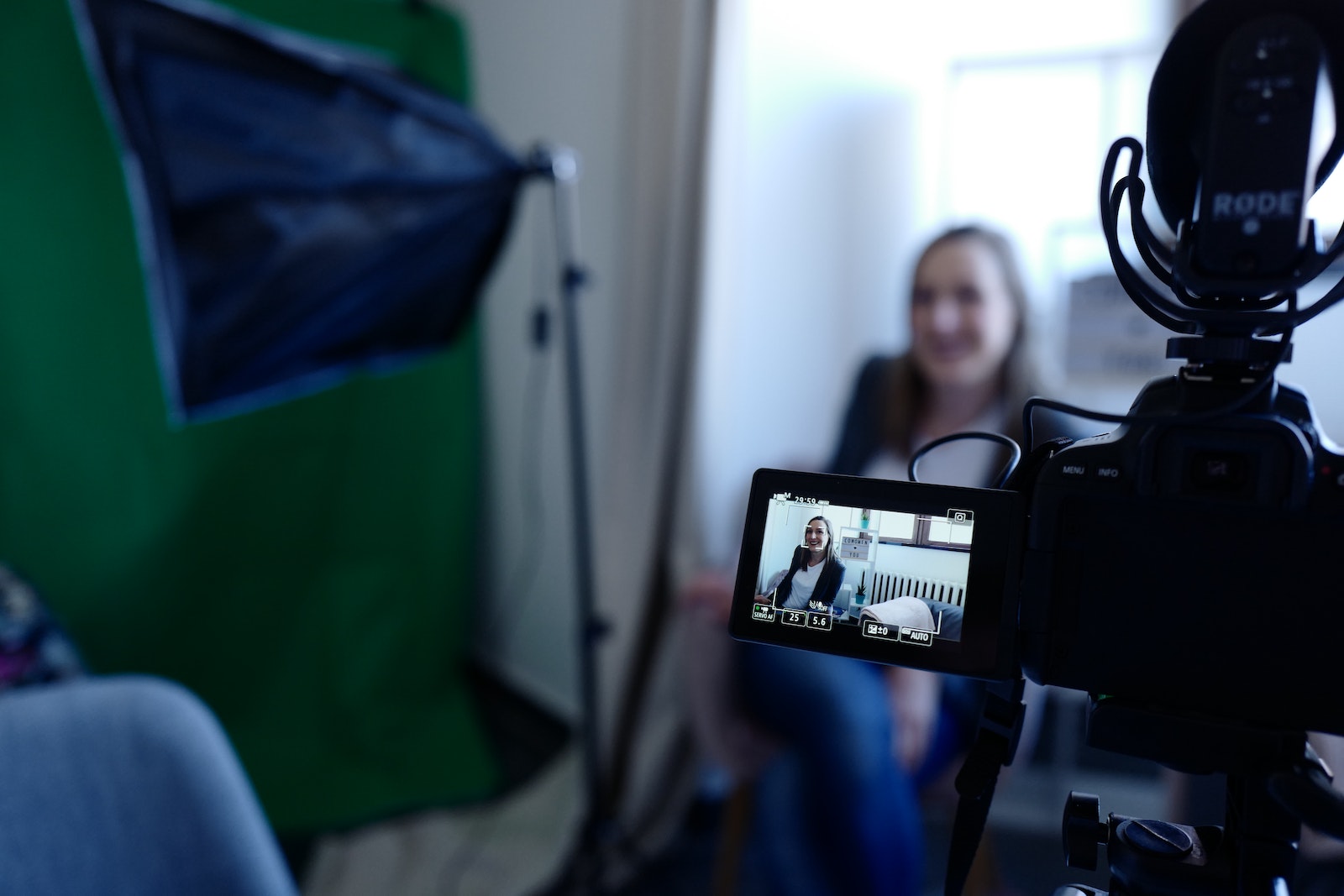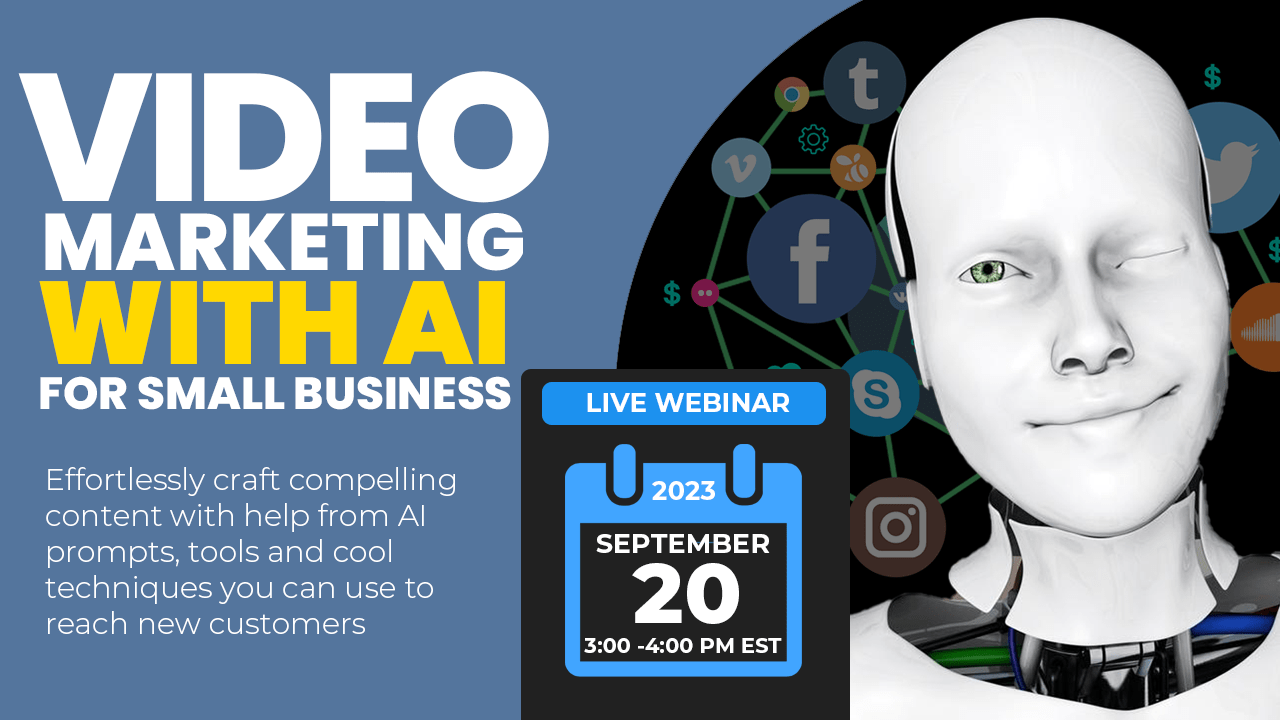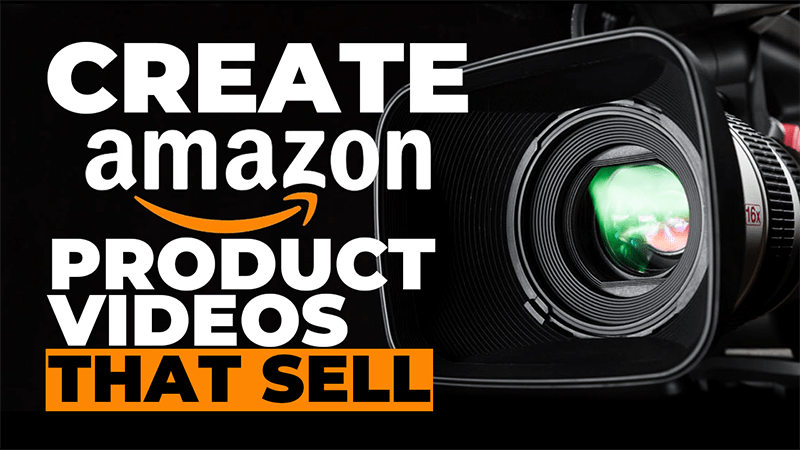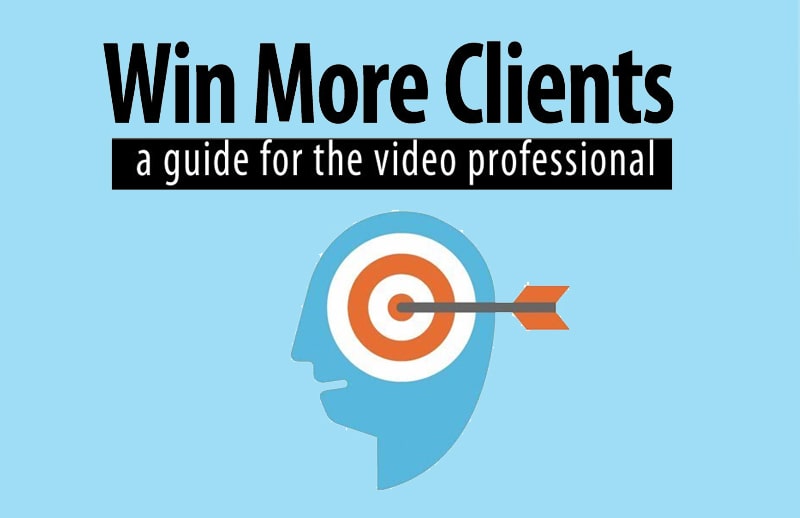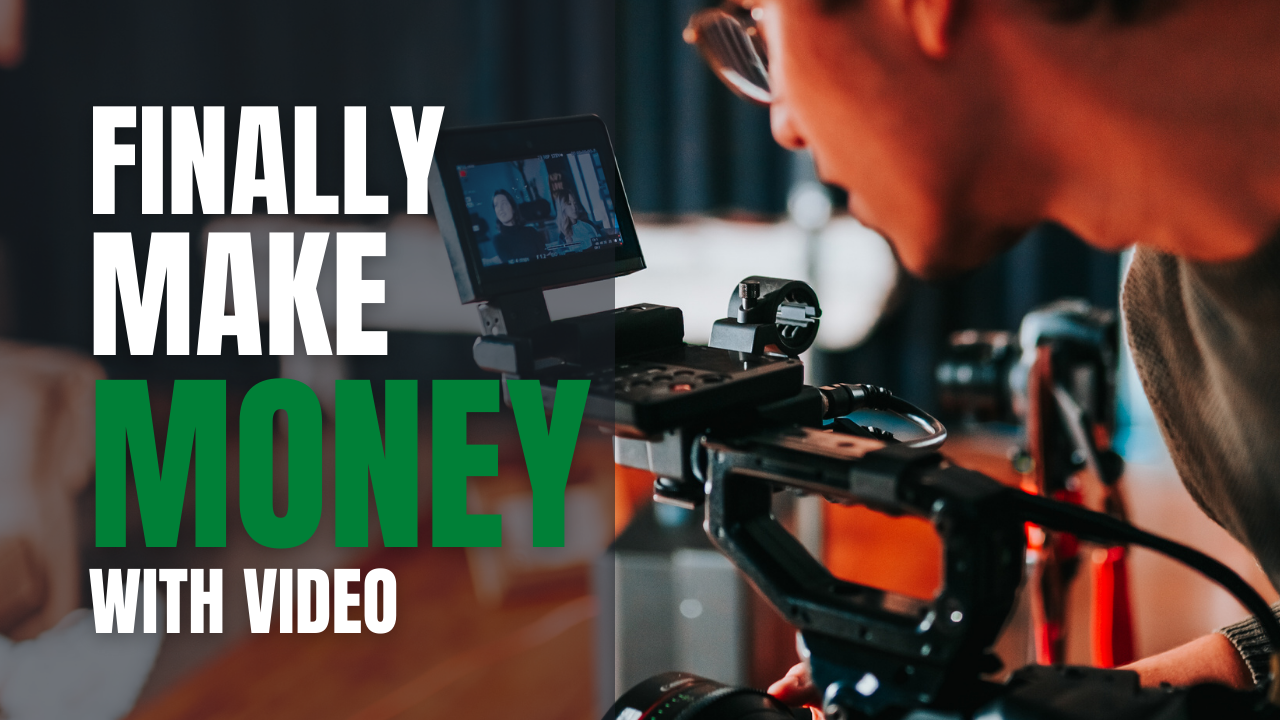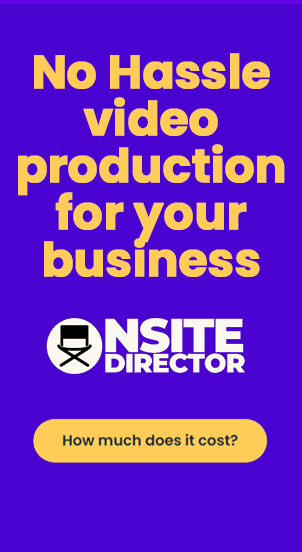In a streaming world, people can select from seemingly endless amounts of content on an ever-growing number of platforms. The explosion of choice is driven by creators, who have found new ways to engage people and foster fandom. This has led to the rise of the creator economy and upended mainstream culture.
Traditional networks no longer control how content looks or what’s considered good. Instead, creators feel beholden to their viewers, and they make content specifically designed for their audience’s interests and needs.
As a consequence, brands must continue to evolve the role that online video plays in their media strategies. They should also become a key part of the creator economy by not only leaning into creator-led platforms but by producing ads specifically designed for these platforms.
What does all this mean in practice? We asked five agency executives to share their top tips for staying ahead of digital media trends.
Find new, faster ways to make an impact
Jessica Brown, director, digital investment, GroupM: A user’s experience of streaming video differs from watching linear television, and brands must consider how to account for these differences in their media plans. Ask any 13- to 24-year-old to define premium viewing; you probably won’t hear them talk about “Law & Order,” but you’ll most likely hear a lot about MrBeast.
It’s also important to think about what users expect online. Brands should consider how to make quick, skippable ads more effective on a platform like YouTube, where content is typically shorter. Online video advertising needs to make an impact in less time, often from the very start. For advertisers, this is an opportunity to test and learn, and optimize plans.
Optimize your media mix for maximum efficiency
Geoffrey Calabrese, chief investment officer, Omnicom Media Group North America: Brands should consider all channels, such as traditional TV, YouTube, digital and social media, and ensure their media investment optimizes ad delivery across these channels to better meet business objectives. We’ve seen that such cross-channel optimization is more efficient than spending within traditional media alone.
For example, brands can take advantage of the fact that creative video executions formerly only seen online or on mobile devices are now entirely viable on TV screens. We’ve also found that ads on YouTube connected TV are incredibly effective when compared to ads on other devices.
The good news for brands is that this cohesion in formats and delivery drives scale, which helps measure ROI and attribution, and holds media accountable for results.
Think holistically about linear and digital video
Alex Stone, SVP, advanced video & agency partnerships, Horizon Media: Many brands understand the shift to over-the-top streaming and connected TV platforms is here to stay, and they want to further disrupt the foundation of their video plans. As a partner, it’s our role to ensure these brands build holistic strategies that encompass all forms of video. This is important, as consumers ultimately determine what they individually consider good, and they’ll view this content wherever it’s most convenient for them.
With a holistic video strategy, we can help brands meet their unique goals by reaching the right audiences with the right brand-suitable content. For example, we plan and buy YouTube differently for clients who are focused on the immediacy of conversions and results versus awareness. YouTube’s Video action product has proven to be a reliable tactic that delivers results for performance-based brands.
Focus on what your audience loves
Dean Challis, managing director, North American head of media, Accenture Song: If we, as advertisers, think of YouTube just as a means to drive incremental reach in online video, we are missing out on a big opportunity to create deeper connections with our audience.
To make the most of YouTube and drive brand salience, advertisers should lean into their audience’s passions, tap into emerging cultural trends, and harness the nuanced creator-audience relationship. When you understand a creator’s style and the audience’s relationship with the content they watch, new opportunities can surface.
For example, you might find new ways to connect with your audience by using a more relevant tone, messaging, and context. You might also reconsider the production values of your video ads when you realize that relevant and timely can be more effective than high craft.
Let creators have freedom within a framework
Jon Morgenstern, SVP, head of investment, VaynerMedia: Consumers are in charge, but creators should also be in charge—especially when it comes to online video. Creators know their communities best, particularly when speaking to them across the various platforms.
Still, brand strategy and communications planning are crucial. Brands should provide creators with sharp, informative briefs and general content guardrails. They should also invest time and resources in emerging creator discovery tools and marketplaces across digital platforms.
To ensure the best work, brands must also empower creators with trust, partnership, and practicality. We call this general idea “freedom within a framework,” which is letting creators flex their innate communication abilities and deep community knowledge. This generates effective work that doesn’t put brands at unnecessary risk.
A version of this article originally appeared on Think with Google.

